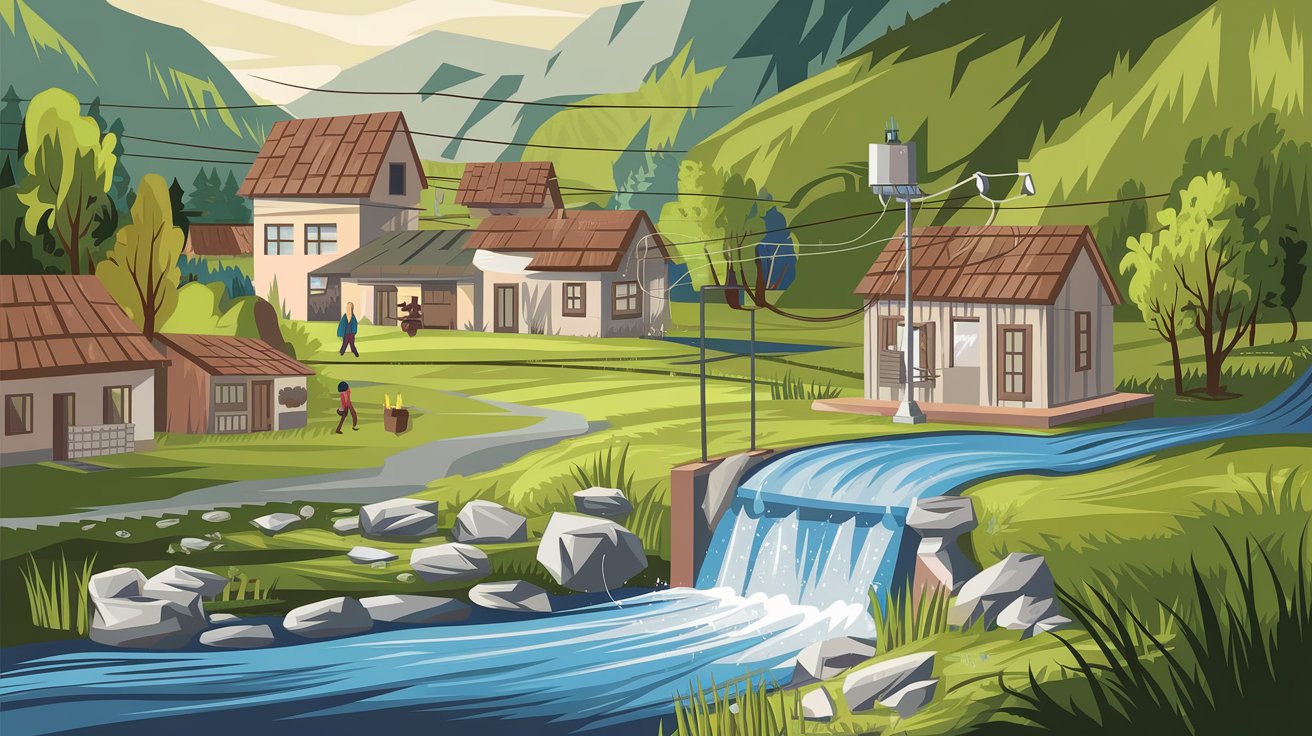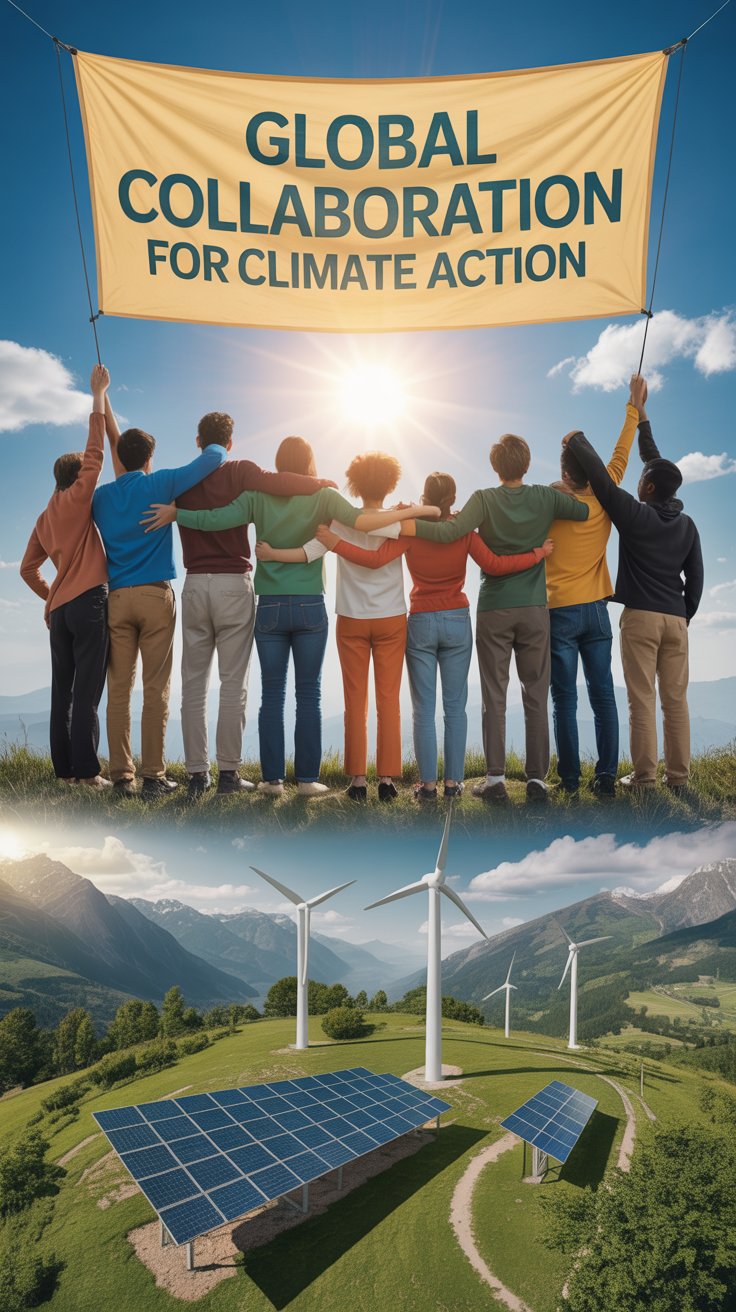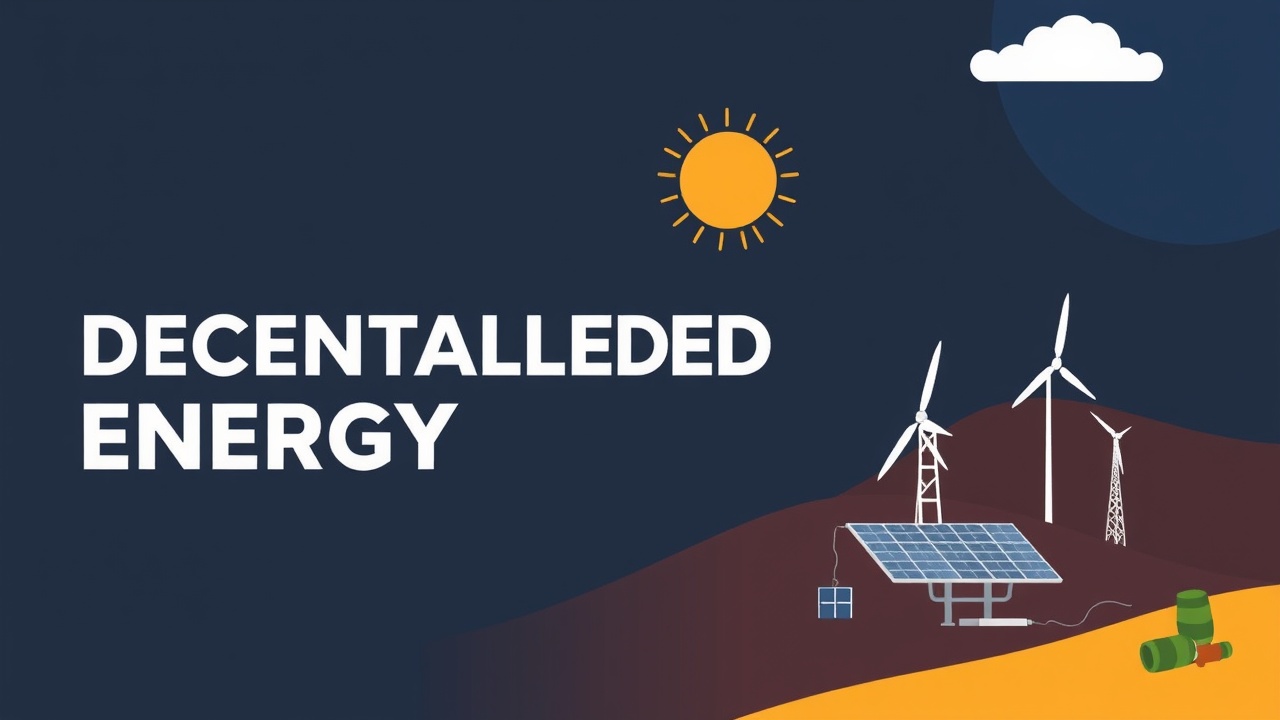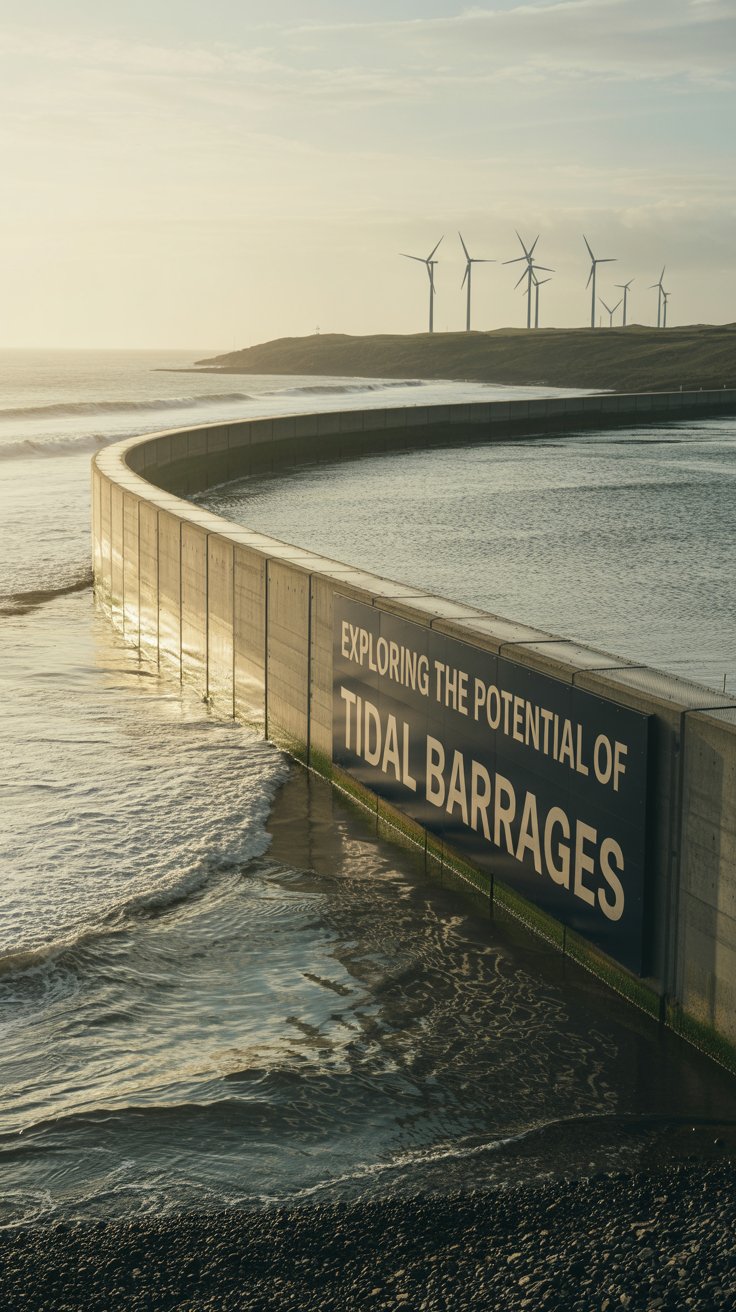Small-Scale Hydropower for Local Communities: A Game-Changer for Sustainability
Transitioning to renewable energy sources is essential for combating climate change and ensuring sustainable development.
Among various renewable options, small-scale hydropower for local communities has emerged as a practical, eco-friendly solution for powering rural and underserved areas. By leveraging the natural flow of rivers or streams, small-scale hydropower systems provide clean, reliable energy tailored to local needs.
In this blog post, we will explore the benefits, challenges, and implementation strategies of small-scale hydropower for local communities, shedding light on its potential to transform lives.
Small-scale hydropower for local communities is more than just a clean energy solution—it’s a tool for empowerment, sustainability, and economic growth. By investing in this technology, we can bring transformative changes to rural areas worldwide, making energy accessible and affordable for all.
Content
What is Small-Scale Hydropower?
Small-scale hydropower refers to electricity generated from flowing or falling water using relatively small setups, often with a capacity of less than 10 megawatts. This technology is especially suited for local communities, as it can be customised to meet their energy requirements without massive infrastructure investments.
Benefits of Small-Scale Hydropower for Local Communities
1. Affordable and Sustainable Energy
One of the most important benefits of small-scale hydropower systems is their affordability. After the initial investment, they have low operating expenses because they are powered by water, a free resource that provides clean and affordable electricity to local populations.
2. Environmental Benefits
Compared to large-scale dams, small-scale hydropower systems have a smaller ecological impact. They are an environmentally responsible choice for local energy demands since they prevent significant land flooding and preserve aquatic ecosystems.
3. Boosts Local Economies
In remote places, having access to dependable energy promotes economic growth. Local communities can benefit from higher living standards, small businesses can prosper, and agricultural methods can become more effective.
4. Energy Independence
By harnessing local water resources, communities reduce their reliance on external energy providers. This energy independence is particularly crucial for remote areas with limited access to national grids.
5. Promotes Social Equity
Small-scale hydropower systems empower local communities by providing equitable access to energy. Schools, hospitals, and homes can benefit from a stable power supply, contributing to social development.
Challenges in Implementing Small-Scale Hydropower
1. Initial Investment Costs
Although the long-term benefits are substantial, the upfront costs of designing and installing small-scale hydropower systems can be a barrier for local communities.
2. Technical Expertise
Installing and maintaining hydropower systems requires specialized knowledge. Training local technicians is essential to ensure the sustainability of these projects.
3. Seasonal Variability
The availability of water can fluctuate with seasons, affecting power generation. Effective water resource management is necessary to mitigate this challenge.
How Small-Scale Hydropower Works
Small-scale hydropower systems typically include a water intake structure, a penstock to guide water flow, a turbine to convert kinetic energy into mechanical energy, and a generator to produce electricity. These systems can be classified into:
- Run-of-the-River Systems: Ideal for local communities, these setups generate power without requiring large reservoirs.
- Microgrids: Standalone systems designed to power small villages or clusters of homes.
- Hybrid Systems: Combine small-scale hydropower with other renewable energy sources for enhanced reliability.
Case Studies: Success Stories
Nepal: Empowering Rural Villages
Nepal has successfully implemented numerous small-scale hydropower projects, bringing electricity to remote Himalayan villages. This has improved education, healthcare, and entrepreneurship opportunities for local communities.
Kenya: Small Hydro for Tea Estates
In Kenya, small-scale hydropower projects supply energy to tea factories and nearby local communities, reducing their dependence on costly diesel generators.
How to Implement Small-Scale Hydropower for Local Communities
1. Conduct Feasibility Studies
Evaluate water resources, energy demands, and environmental impacts before initiating the project.
2. Engage Stakeholders
Involve local communities in planning and decision-making to ensure their needs are prioritized.
3. Seek Funding and Partnerships
Explore government grants, international aid, and public-private partnerships to finance the project.
4. Train Local Technicians
Invest in training programs to equip residents with the skills needed to operate and maintain the system.
FAQ
What is small-scale hydropower?
Small-scale hydropower generates electricity using water flows with systems designed to meet local energy needs, typically under 10 megawatts in capacity.
Why is small-scale hydropower ideal for local communities?
It provides affordable, sustainable, and reliable electricity, boosting economic growth and social equity in underserved areas.
What are the environmental benefits of small-scale hydropower?
These systems have a low ecological footprint, protect aquatic ecosystems, and avoid large-scale land inundation.
How much does a small-scale hydropower project cost?
Costs vary depending on location and scale but are offset by long-term savings and sustainability.
Can small-scale hydropower be combined with other renewable energy sources?
Yes, hybrid systems often integrate hydropower with solar or wind energy for greater reliability.
What are the maintenance requirements for small-scale hydropower?
Regular maintenance includes clearing debris, checking turbine efficiency, and ensuring optimal water flow.





Leave a Reply